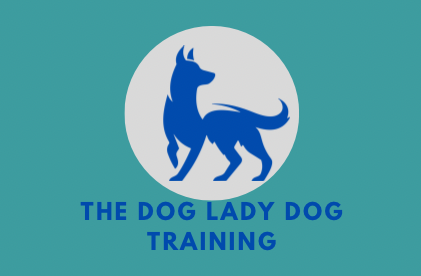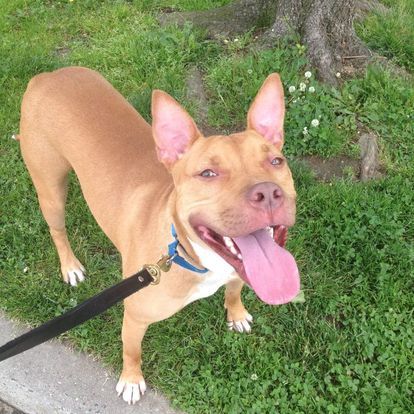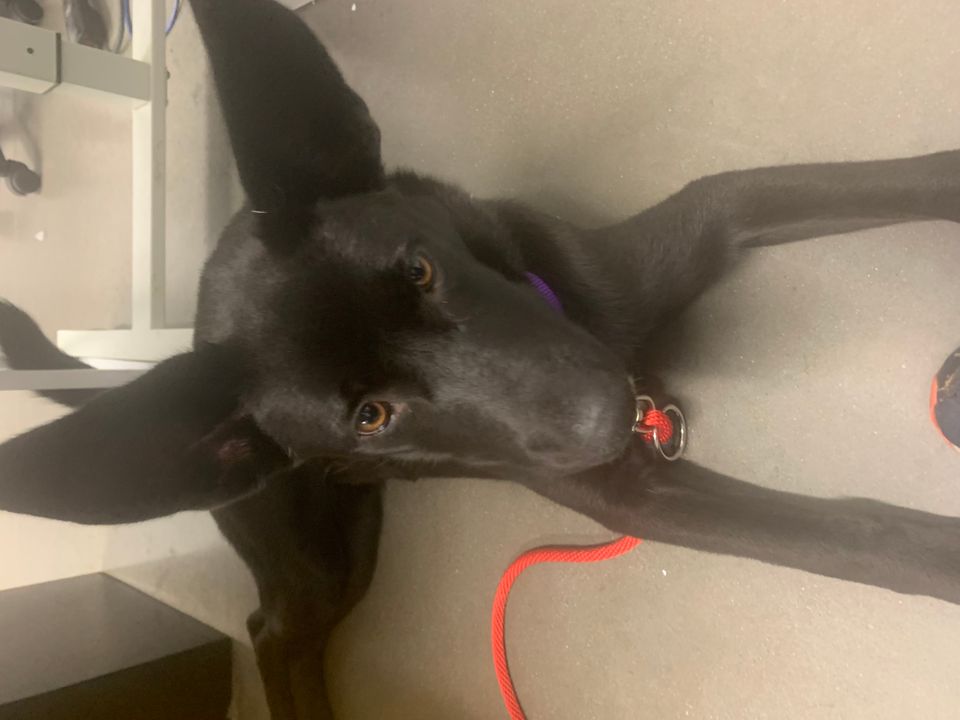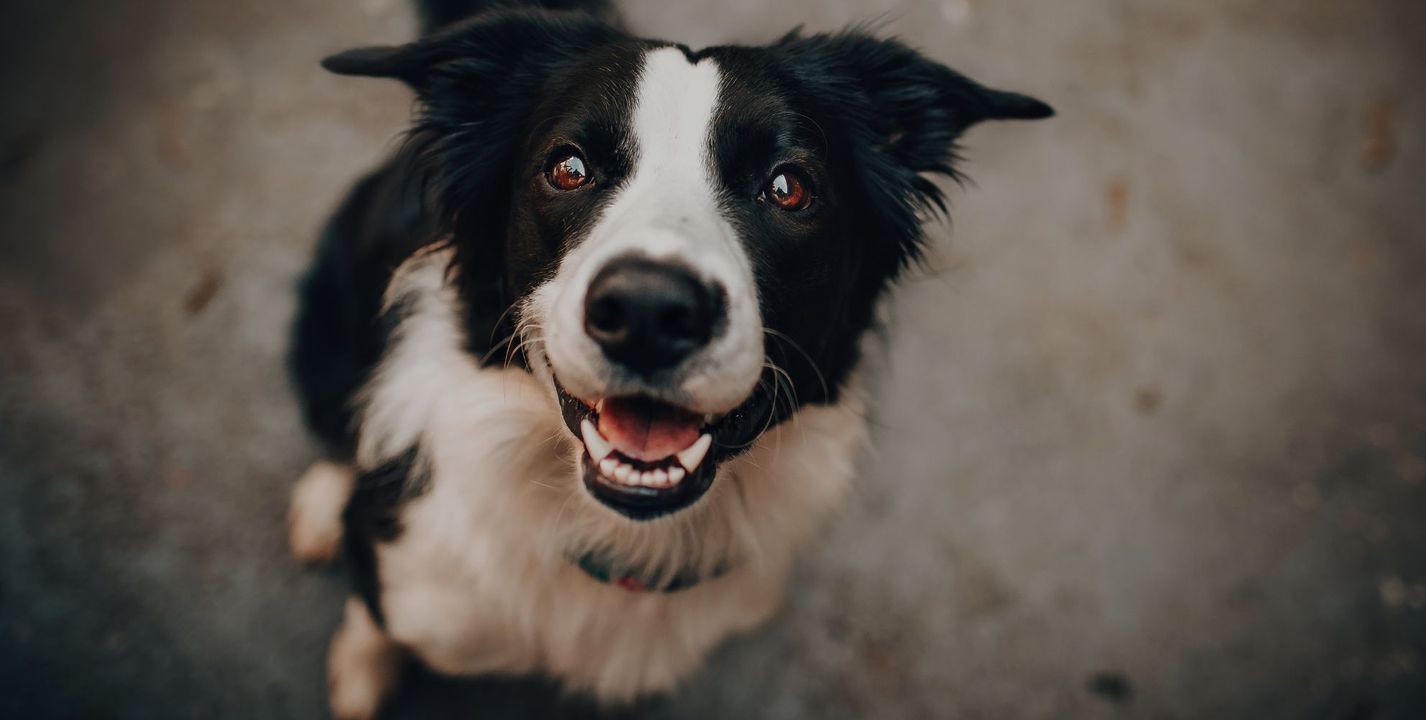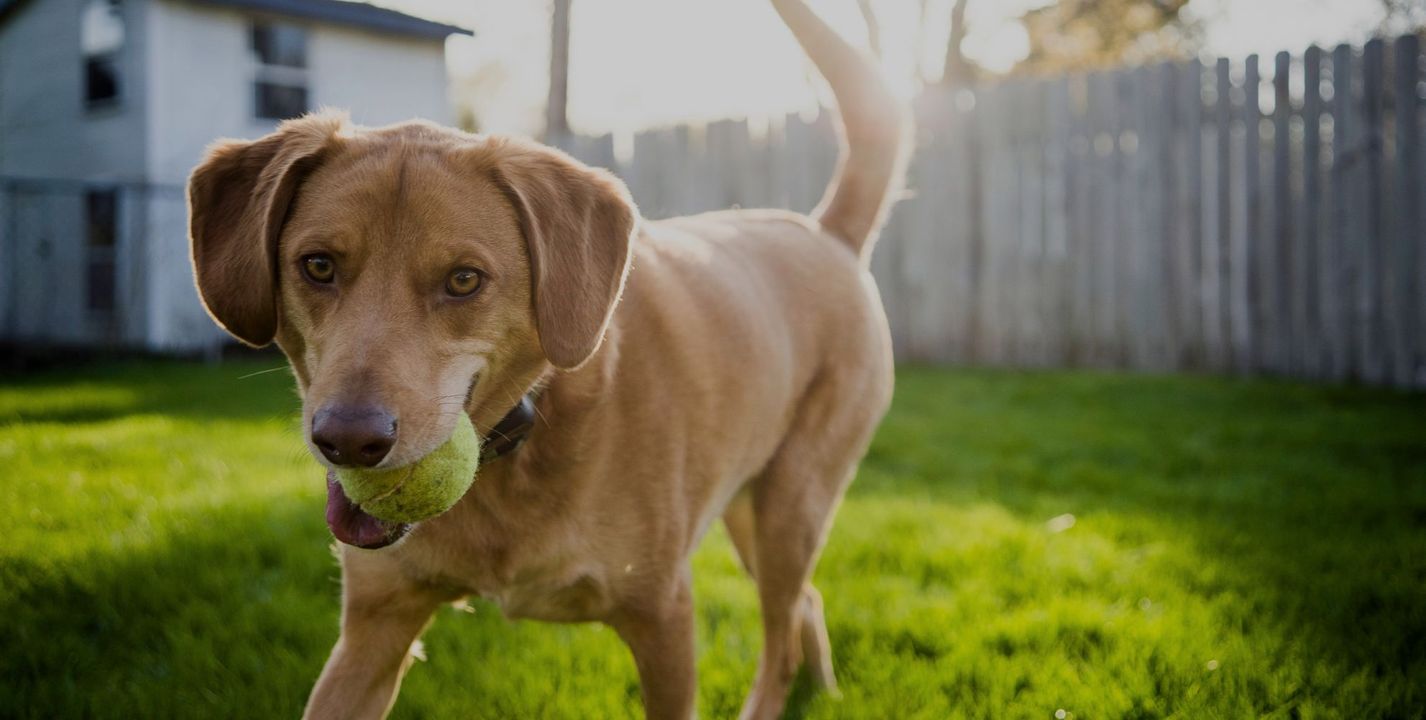Blog
Recent Updates
loose leash walking
Basic obedience allows owners to communicate with their dogs. In dog training, there are standardized words/cues we used to convey what we want our dog to do. These cues make up the basic obedience commands. They include:
Find it, focus, name recognition, sit, down, settle, stay, come, targeting, loose leash walking, heel, leave it, drop it, and place.
There are many different ways to teach basic obedience cues. We will focus on one common method of teaching each basic cue. We hope you find this to be a useful reference for training the dog in your care.
*Reliably means your dog is successful at something 90 percent of the times attempted.
Remember you want your dog to be successful. If he is not successful, he is not having fun and neither are you. If your dog is struggling to perform at one level, make it easier.
We will learn how to teach one cue every month beginning with focus. This month’s skill is loose leash walking.
Loose Leash Walking
When you start out for a walk with your dog, clap your leg and keep a dialog going with him to keep him engaged and focused on you. Periodically give treats when he is at your side. If he goes out too far in front (right as the leash gets taut) of you say, “This way!” and turn around and walk in the other direction so he is now behind you. When he gets to your side start giving treats again. If you find you are changing directions too often, increase the rate at which you give the treats to keep your dog at your side for longer. Make sure you give treats with the hand that is on the side that Rex is. Often if we give treats from the other side, you may accidentally encourage your dog to cross over in front of you it’s best to be consistent about what side you want to your dog to walk on. Switching sides may be confusing to the dog. Be mindful not to use the leash as a crutch. It’s there to keep your dog safe, not force him into position. You can try practice in an indoor room where a leash is not necessary to ensure you can successfully keep him at your side without it.
moreSit and Down
Basic obedience allows owners to communicate with their dogs. In dog training, there are standardized words/cues we used to convey what we want our dog to do. These cues make up the basic obedience commands. They include:
Find it, focus, name recognition, sit, down, settle, stay, come, targeting, loose leash walking, heel, leave it, drop it, and place.
There are many different ways to teach basic obedience cues. We will focus on one common method of teaching each basic cue. We hope you find this to be a useful reference for training the dog in your care.
*Reliably means your dog is successful at something 90 percent of the times attempted.
Remember you want your dog to be successful. If he is not successful, he is not having fun and neither are you. If your dog is struggling to perform at one level, make it easier.
We will learn how to teach one cue every month beginning with focus. This month’s cue is sit.
Sit
Start with a treat in your hand and lure the dog to sit by placing your hand, palm up, right above the dog’s nose. Then move your hand slowly back over his head. When he follows it back bringing his nose up, his butt will touch the ground and he will be in the sit position. Mark with a “yes” and give him the treat. When he does this 8 out of 10 times, then lure with your hand but without the treat. When his butt touches the ground, say “yes” and give the treat from your other hand. After he sits 10 out of 10 times with just the lure you can add the verbal cue “sit” before the lure.
moreThe Focus Cue
Basic obedience allows owners to communicate with their dogs. In dog training, there are standardized words/cues we used to convey what we want our dog to do. These cues make up the basic obedience commands. They include:
Find it, focus, name recognition, sit, down, settle, stay, come, targeting, loose leash walking, heel, leave it, drop it, and place.
There are many different ways to teach basic obedience cues. We will focus on one common method of teaching each basic cue. We hope you find this to be a useful reference for training the dog in your care.
*Reliably means your dog is successful at something 90 percent of the times attempted.
Remember you want your dog to be successful. If he is not successful, he is not having fun and neither are you. If your dog is struggling to perform at one level, make it easier.
We will learn how to teach one cue every month beginning with focus.
Focus
A focus cue is important for any dog. You are teaching the dog that he gets good things when he pays attention to you. You are also teaching him to focus on you instead of all the other stuff going on around him. Some people call this cue look, or watch. You will reward your dog when he makes eye contact with you. You can also lure the behavior by taking a treat in your hand, getting the dog’s attention with it, then bring it up by your eyes. When the dog makes eye contact say “yes” and reward. Then, you will add the focus cue when your dog looks at you reliably. A focus cue is a great way to get your dog’s attention and refocus them on to you.
moreWelcome
Welcome to our site! We are in the process of building our blog page and will have many interesting articles to share in the coming months. Please stay tuned to this page for information to come. And if you have any questions about our business or want to reach out to us, we would love for you to stop by our contact page.
Thank you!
more